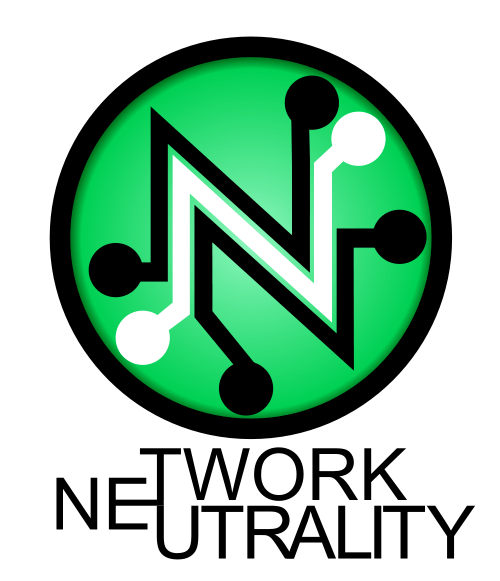On February 26, 2015, the Federal Communications Commission (“FCC”) adopted the “Open Internet” rules[1], more widely known as “net neutrality,” and released the 400-page document to the public on March 12, 2015[2].
Net neutrality is “the idea that all traffic on the Internet should be treated equally,”[3] regardless of content or source. The FCC argues that its legal authority to create the net neutrality rules derives from Section 706, Title II, and Title III of the Communications Act.[4] As part of the changes, the FCC has reclassified broadband Internet access service (“BIAS”) as a telecommunications service, which subjects BIAS to their regulatory authority under Title II,[5] but will not apply all of Title II’s regulations to broadband.[6]
There are three clear, bright-line rules: no blocking, no throttling, and no paid prioritization[7]. Essentially, broadband providers (“providers”) may not block or slow access to “lawful content, applications, services, or non-harmful devices.”[8] Providers are allowed to conduct reasonable network management, but the rules carefully define this practice as requiring a “primarily technical network management justification[,] . . . [not] business practices.”[9] Providers are also prevented from favoring any type of lawful traffic over other lawful traffic, whether that be because the former is an affiliated entity or because the provider is being paid to do so. In other words, providers are prohibited from allowing Internet “fast lanes.”[10]
If the rules survive in their current form, they appear to be a step in the right direction to preserving equal access to lawful content. On March 23, USTelecom, a trade group that includes some of the nation’s largest providers, and Alamo Broadband separately filed suit against the FCC over the net neutrality order in case the date of publication is construed to be when the FCC published the rules to their website on March 12.[11] After the rules were published in the Federal Register on April 13, USTelecom immediately filed another suit in the US Court of Appeals for the District of Columbia Circuit.[12] This has since been followed with lawsuits from CTIA Wireless Association, the National Cable & Telecommunications Association, and the American Cable Association.[13] However, even aside from the question of their survival, there are concerns as to how the FCC will handle the case-by-case investigations of consumer complaints. Assuming the rules are not overturned or the subject of an injunction, the rules will go into force two months after publication in the Federal Register.[14]

